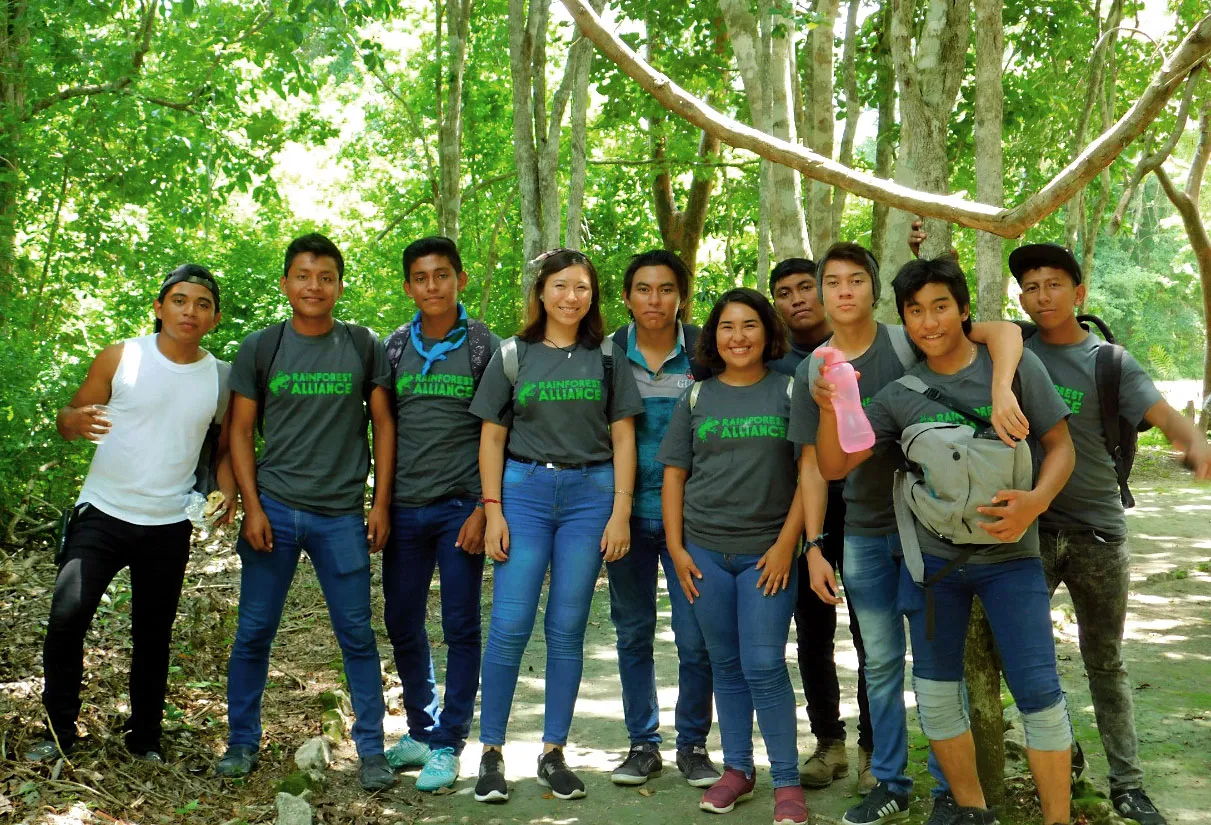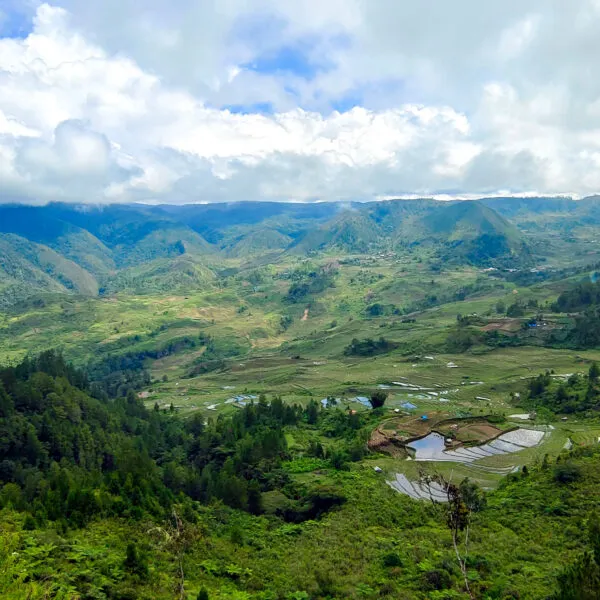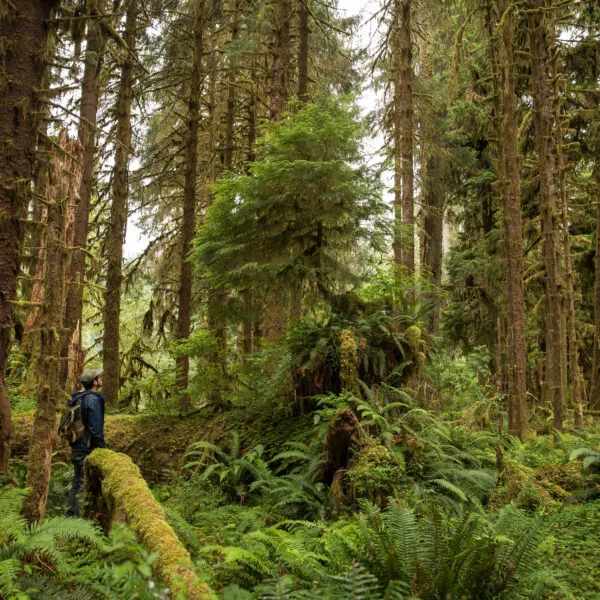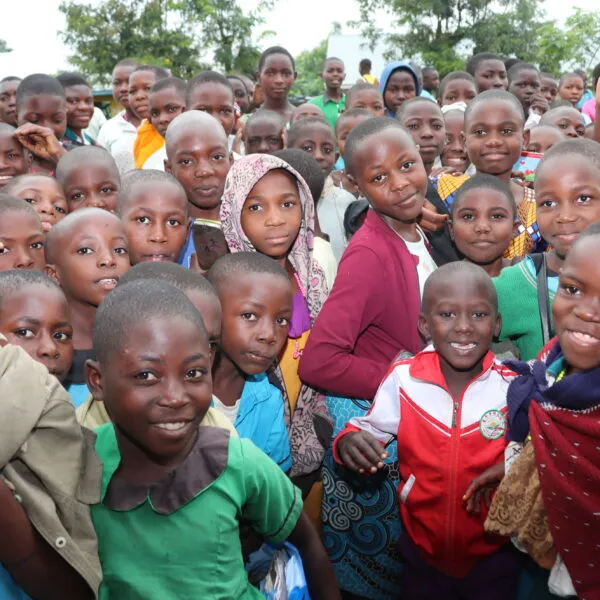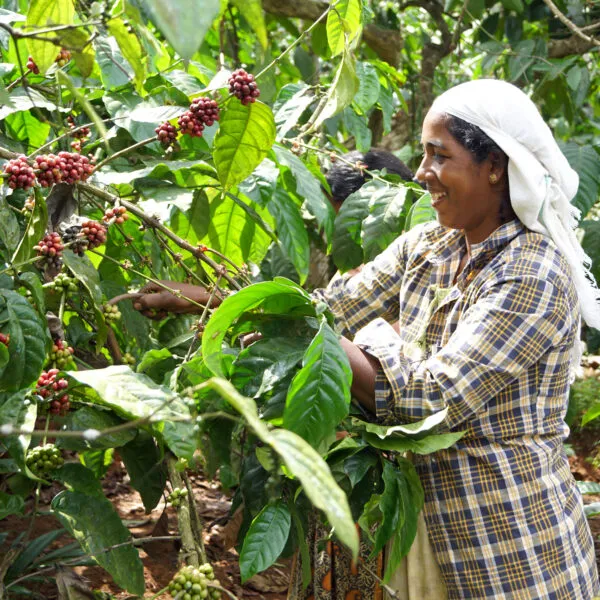When we look to the future of the planet, it’s our young people who have the greatest stake in the choices we make today. That’s why it is critical to include them in plans for protecting natural resources and forest communities. As climate change, poverty, and other problems intensify, our rural youth must have a voice, as well as education and support to help them thrive.
Sign up for useful tips to green your life and protect our planet.
Although the term “youth” is imprecise, the United Nations defines it as people between the ages of 15 and 24, the period of transition from childhood to adulthood. Currently, one in five of the world’s 1.3 billion youth are NEET, or “Not in Education, Employment, or Training.” Youth are three times as likely as adults to be unemployed, and young women are twice as likely as their male counterparts to be in the NEET category, which damages their future prospects.
One billion of today’s youth live in developing economies, with 70 percent in rural areas. While a third of the world’s total food supply is produced by smallholders, these farming communities are getting older, and their young people are increasingly leaving for cities and bypassing careers in agriculture and forestry—fields they view as unprofitable.
To prevent this out-migration, rural youth need access to high-quality education, training, entrepreneurial skills, mentorships, and finance that allows them to invest in more sustainable farms and forestry businesses. Here are a few examples of how the Rainforest Alliance is integrating the needs of today’s young people into larger initiatives across communities and landscapes.
Educating rural youth about cocoa sustainability in Indonesia
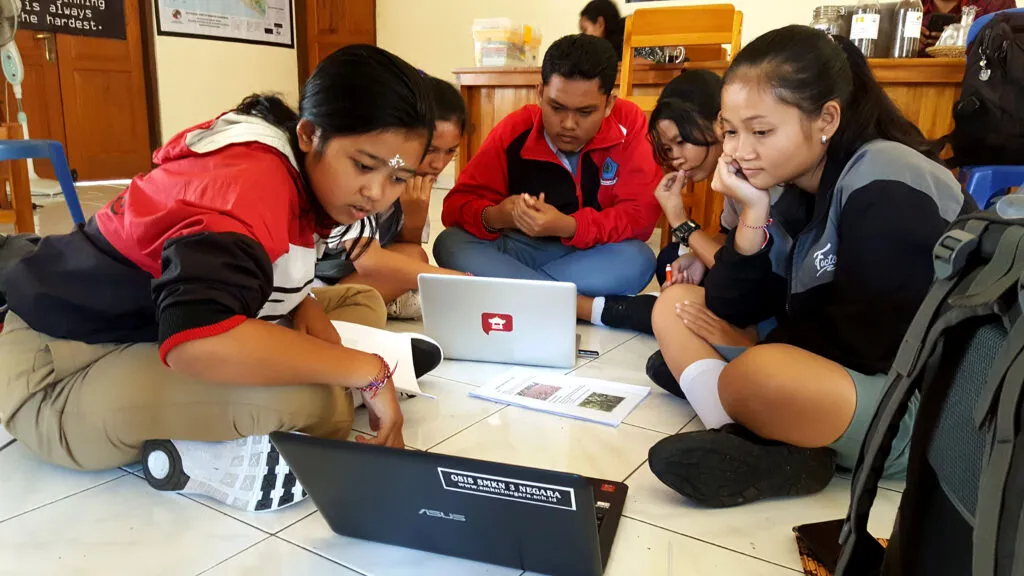
Despite the richness of Indonesia’s natural environment, many of its cocoa farmers are struggling, encumbered by aging, unproductive cocoa trees and insufficient training on processing techniques that could boost their incomes. As a result, their children often opt for work in other industries, like tourism.
In Bali’s Jembrana district, for example, only 10 percent of farmers are young people. While rural youth are attracted to the affordability of agriculture schools, few go on to farming careers. Their lack of access to technical knowledge is compounded by the restrictive membership rules of cocoa cooperatives—which are typically reserved for male heads of households.
To help Jembrana’s youth become tomorrow’s agricultural experts, in 2017 we launched Sustainable Action and Advocacy in Kakao (SUBAK) in partnership with the Kalimajari Foundation. The SUBAK team asked 32 local agricultural schools to select their best two students for a scholarship program, with young women equally represented, and created a student journalism award to raise awareness about cocoa farming and sustainability. The 10 winners participated in a research program involving field visits and workshops, and the top three projects were honored at an event for young leaders.
Additionally, the SUBAK team worked with Jembrana’s Kerta Semaya Samaniya (KSS) cocoa cooperative to change its membership rules. Young people and women (including single women) can now apply, and KSS also offers internships, which provide youth with valuable real-world experience to prepare them for the job market.
Promoting youth entrepreneurship in Kenya
When it comes to protecting rural landscapes and improving livelihoods, the Rainforest Alliance takes an Integrated Landscape Management (ILM) approach, fostering collaboration among farmers, forest businesses, local leaders, companies, governments, and other land users. But if ILM is to succeed in the long term, it must also include youth, a group that’s frequently overlooked.
The forested landscape of Mount Kenya features rare wildlife and valuable natural resources, but it is also home to tea- and coffee-farming communities that are contending with temperature changes, unpredictable rainfall, increased pest outbreaks, and aging coffee and tea plants. Our Mount Kenya Sustainable Landscape and Livelihoods Program has been setting up county-level Landscape Management Boards that include young people and women. These boards bring community members together to develop and implement plans aimed at protecting their forests and increasing incomes.
The program seeks to provide 5,000 area youth with technical support and entrepreneurial training to establish alternative income-generating activities, such as honey production, tree nurseries, and clean energy technologies. We are also facilitating connections to finance, a perennial challenge for youth who lack a long financial track record. Finally, we will engage with local schools and youth-led organizations so that this knowledge gets passed on to the next generation.
Training youth and teachers helps forest communities thrive in Mexico
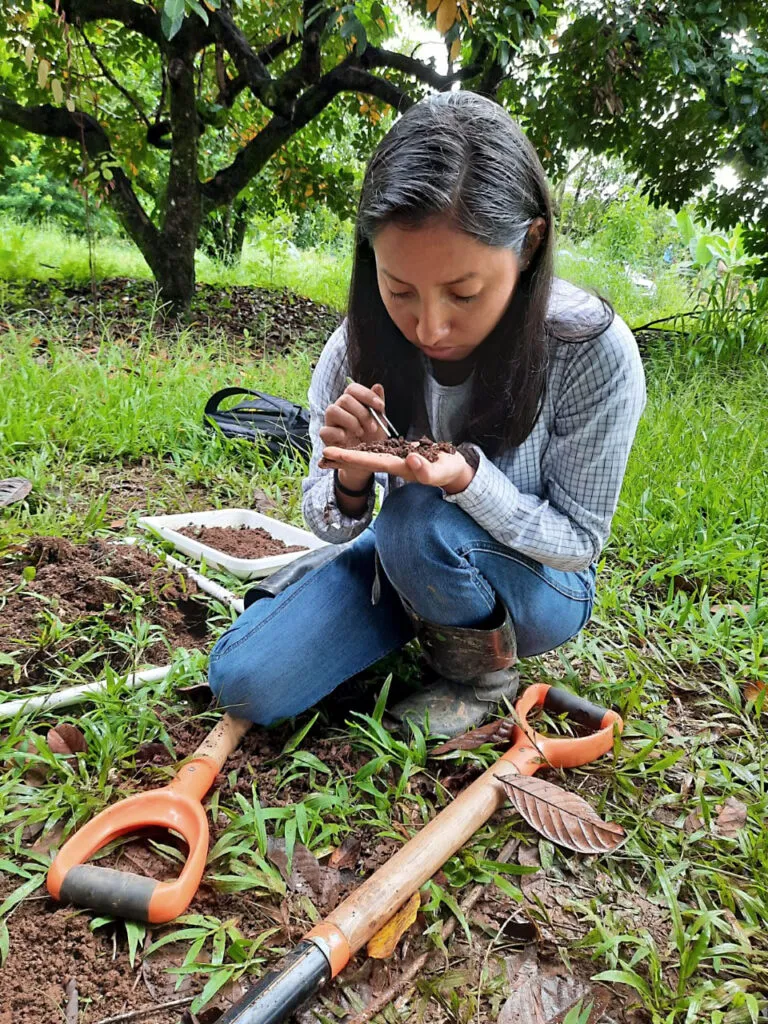
In the buffer zone around Mexico’s Calakmul Biosphere Reserve, rural communities have been working to manage their ejidos (communally owned lands) more sustainably, harvesting and selling timber and other products, and engaging in subsistence farming. Under the ejido system, however, only those who own or stand to inherit land can participate in decision-making. When coupled with limited educational and employment prospects, it’s understandable that many youth leave Calakmul in search of better options, which deprives communities of their brightest young residents.
In 2016, we launched Nuestra Selva, Nuestro Futuro (Our Forests, Our Future), providing Calakmul’s youth with extensive learning opportunities, including ecological knowledge, socio-emotional skills, group development, mentorship, and individualized support. To scale up our impact, we also began working directly with teachers, supporting their professional development and helping them shape their curricula to adapt forest management content to local needs.
The project also facilitates experiential learning opportunities for students based on the ejidos’ specific needs, like gathering real GPS data in the field, logging data points, creating maps, writing reports, and surveying community members. In 2022, we connected 40 students to 7 ejidos, creating opportunities for intergenerational collaboration and showcasing these young people’s skills and talents.
Our work in Calakmul and elsewhere proves that investing in youth is also an investment in the future of our forests and forest communities. Project participant Carmelina Martínez Hernández recently graduated university with an agronomy degree. When asked about her plans, she replied, “To create projects that help communities like mine use natural resources in a more sustainable and efficient way, provide opportunities for better health and education, and ultimately build rural resilience and prosperity.”
